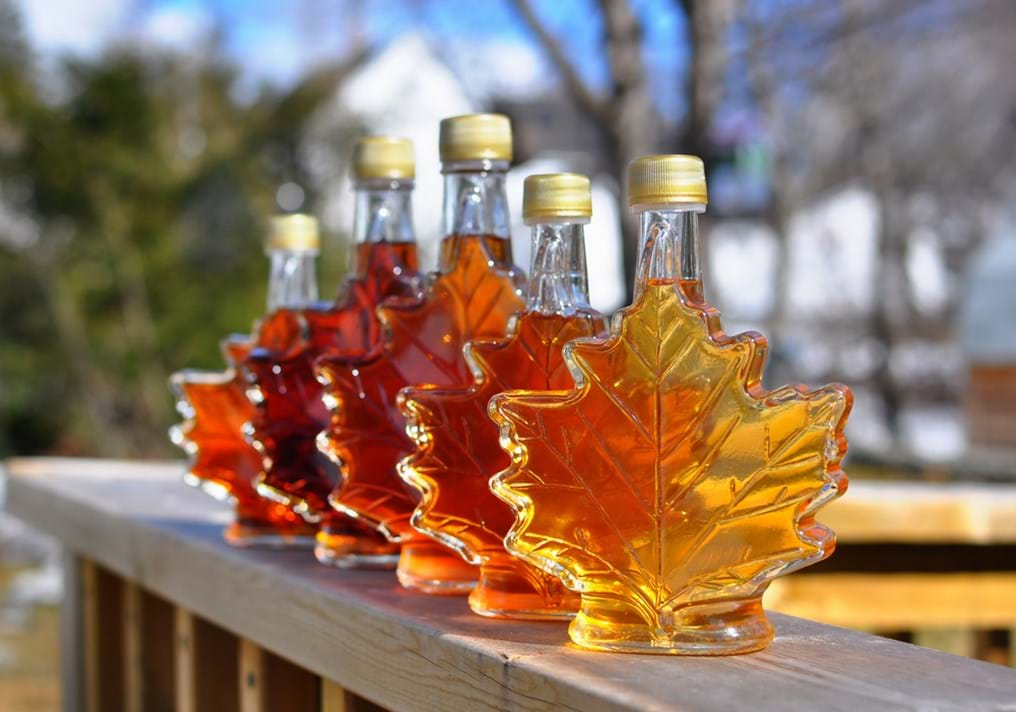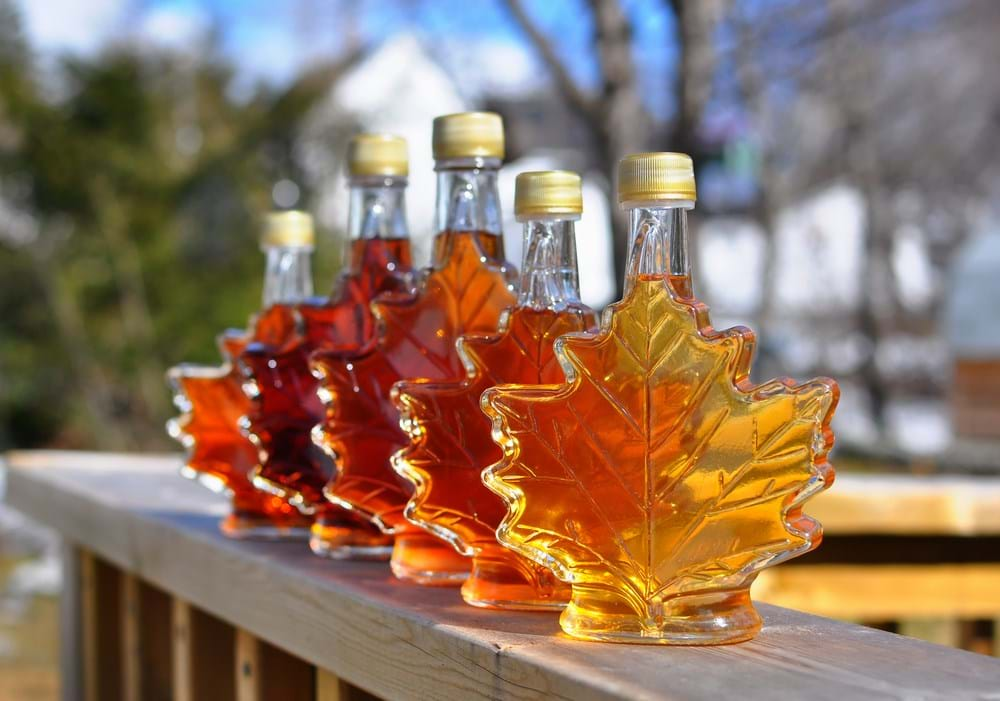Maple syrup magnifies antibiotic attack (Day 336)

28th April 2015

However, a group of researchers at the Department of Chemical Engineering at McGill University, Canada (rather fitting given Canada’s love of the sticky stuff), have discovered another use for it.
Maple syrup can render bacteria more vulnerable to antibiotics.
The syrup, which is produced by concentrating the sap from North American maple trees, is a rich source of phenolic compounds with antioxidant properties.
And it is these antioxidant properties that prompted the team, led by Professor Nathalie Tufenkji, investigate the potential of maple syrup.
The team began by removing a concentrated extract from the syrup. They tested this extract on several infection-causing strains of bacteria, including E. coli and Proteus mirabilis (a common cause of urinary tract infection).
The syrup was mildly effective combating the bacteria on its own. However, once mixed with the antibiotics the maple syrup was particularly effective; seemingly synchronising its assault with the pharmaceutical ingredient.
Watch this YouTube video to hear Nathalie explaining her work:
https://www.youtube.com/watch?v=4OJbyq9q0g4
The syrup and antibiotic combination attacked the bacteria, making the cell membranes more permeable and porous. This allowed more of the extract to seep through the cell walls.
Once inside the bacteria, the maple syrup paralyses components of the bacteria that strive to reject the antibiotic.
“Inside the [bacteria] skin there are pumps,” explained Nathalie in the above video. “The job of these is to pump out the antibiotics so they can’t do their job.
“What we found is that the maple syrup extract knocks out the function of these pumps so they can’t pump out the antibiotic. The antibiotic is now stuck inside the bacteria and it can do its job of killing off the bacteria.”
The maple syrup extract also acted synergistically with antibiotics in destroying resistant communities of bacteria known as biofilms, which are common in difficult-to-treat infections, such as catheter-associated urinary tract infections.
Biofilms are a collection or layer of bacteria, for example, plaque on your teeth is a biofilm, (see my blog 'Blocking bacterial biofilms without antibiotics').

The team also discovered that the maple syrup extract affects the gene expression of the bacteria, repressing several links with antibiotic resistance and virulence, causing it to be less able to spread.
“We would have to do in vivo tests, and eventually clinical trials, before we can say what the effect would be in humans,” Nathalie says. “But the findings suggest a potentially simple and effective approach for reducing antibiotic usage.
I could see maple syrup extract being incorporated eventually, for example, into the capsules of antibiotics.”
Nathalie and her team's work has been published in the journal Applied and Environmental Microbiology under the title; 'Polyphenolic Extract from Maple Syrup Potentiates Antibiotic Susceptibility and Reduces Biofilm Formation of Pathogenic Bacteria'.
The team clearly has more work ahead of them; however, their research will no doubt attract the interest of pharmaceutical companies.
Increasing the susceptibility of bacteria to antibiotics could improve the effectiveness of treatments; and in a world where the overuse of antibiotics has become a major public-health concern, this has to be a good thing.
Well done and good luck to the team!
If you are working to improve the effectiveness of antibiotic please get in touch and tell us about your work.